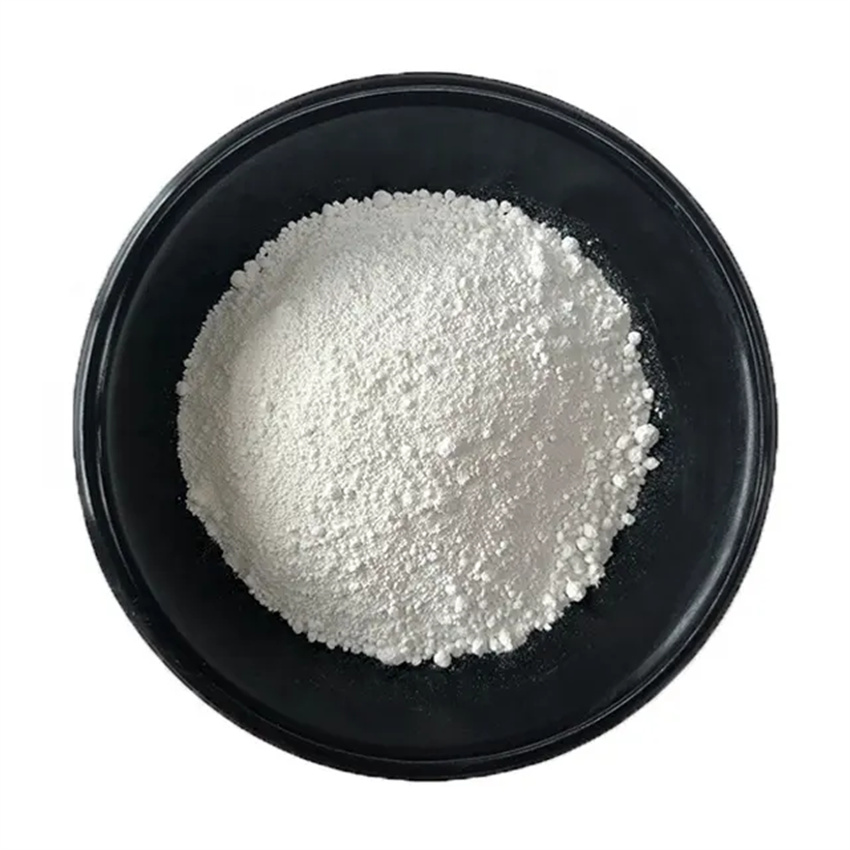Summary of polysilicon and monocrystalline silicon for the recent warming trend dispute. Silicon has two isomorphs, crystalline and amorphous. Crystalline silicon is divided into single crystal silicon and polycrystalline silicon, both of which have a diamond lattice, the crystal is hard and brittle, has metallic luster, can conduct electricity, but the conductivity is not as good as metal...
Recently, the debate over polysilicon and monocrystalline silicon has been on the rise.
Silicon has two isomorphs, crystalline and amorphous. The crystalline silicon is further divided into single crystal silicon and polycrystalline silicon, both of which have a diamond crystal lattice. The crystal is hard and brittle, has a metallic luster, and is electrically conductive, but the conductivity is inferior to that of the metal, and increases with temperature, and has a semiconductor property. When the molten elemental silicon solidifies, the silicon atoms are arranged in a diamond lattice into a plurality of crystal nuclei, and if these nuclei grow into crystal grains having the same crystal plane orientation, single crystal silicon is formed. If these nuclei grow into crystal grains having different crystal plane orientations, polycrystalline silicon is formed.
Although the difference between polycrystalline silicon and single crystal silicon is mainly manifested in physical properties, such as mechanical properties, electrical properties, etc., polycrystalline silicon is not as good as single crystal silicon. However, in these years, polycrystalline photovoltaics have gradually developed into the mainstream of photovoltaic applications with the advantage of cost.
Over the past few years, China's polysilicon industry embarked on the road plunged surge "roller coaster" type. From 2007 to 2011, China's annual production capacity of polysilicon surged from 45 million tons to 146,000 tons, with an average annual growth rate of 139%. From 2011 to the first half of 2013, polysilicon prices fell rapidly, and domestic polysilicon enterprises fell into a dilemma of large-scale production suspension. According to statistics, as of the first half of 2013, only 6 of the 43 polysilicon enterprises in China were still in production, and the rest were closed down, with a operating rate of only 24%. Since 2014, China's polysilicon industry has shown a comprehensive recovery and steady growth. At present, the effective production capacity of domestic polysilicon enterprises is about 150,000 tons per year. In the first half of this year, China's polysilicon industry achieved sales revenue of 9.58 billion yuan, up 144.8% year-on-year, achieving a profit of about 600 million yuan and a new investment of about 6.5 billion yuan.
With the accelerated demand of the global photovoltaic industry, the market for polysilicon has gradually warmed up. Domestic enterprises have regained confidence and resumed production and expansion. Large-scale projects under construction and proposed construction have emerged, and the investment boom has once again hit. At the same time, industry experts have warned that the polysilicon industry “reorganizes the rivers and mountains” is in full swing, but can not forget the pain of “old injuries”, otherwise it will be possible to enter a new round of difficult times again.
On the other hand, since this year, the enthusiasm for investment in the single crystal industry chain has gradually warmed up. The data shows that in 2013, the global single crystal installed capacity was about 8.5-9GW, accounting for 22%-23% of the global PV installed capacity, which was basically stable compared with 2012. However, if we do not consider the main reason why the Chinese market mainly uses polycrystals to lower the overall level, the proportion of single crystals exceeds 30%, which is significantly higher than the level of around 25% in 2012. With the continuous breakthrough in the cost control and product conversion rate of single crystal enterprises, and the application advantages of single crystals in distributed photovoltaic power generation, some insiders say that the future single crystal is expected to achieve counterattack against polycrystalline.
Following the "contention between crystalline silicon and thin film", perhaps the debate "Who will lead the photovoltaic market, single crystal or polycrystalline" has to be brainwashed. But the author thinks that the battle between monocrystalline silicon and polysilicon is not a war. Polycrystalline silicon and monocrystalline silicon, strictly speaking, can be separated, after all, they belong to crystalline silicon, and the role they undertake is almost the same. The rise of monocrystalline silicon is a necessity. The biggest advantage of polysilicon is the cost advantage, and the space for cost reduction is limited. As for who will win, the author does not compare this, but depends on the technical level and project needs at that time to make choices. Who doesn't like cheap things?
Anticorrosion Pigments, Inkjet Receptive Coating, Matting Agent




